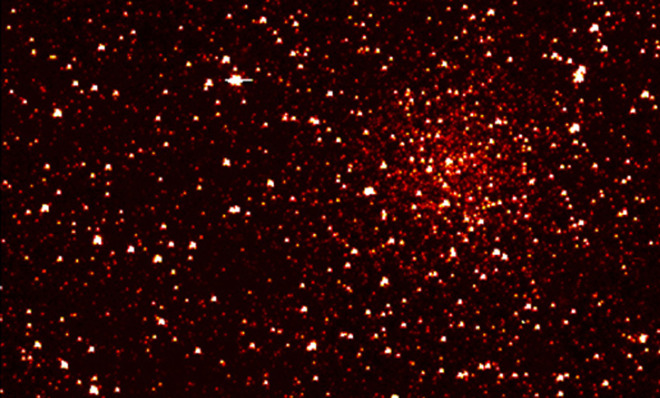The biggest scientific breakthroughs of 2013
From cloning to potential alien life

A galaxy teeming with Earths
Astronomers calculated that there are 11 billion possibly habitable planets in our galaxy, greatly upping the odds that we're not alone in the universe. Researchers used four years of data from NASA's orbiting Kepler telescope to compute how many planets lie in their solar systems' "Goldilocks zone," where surface temperatures support liquid water. They found that one in five sun-like stars harbors a roughly Earth-size planet in the habitable zone, and the nearest may be only 12 light-years away — possibly close enough for communication. Given the sheer number of candidate planets, says astronomer Geoffrey Marcy, "surely some of them have all the necessary attributes of life."
The world's longest canyon
The Week
Escape your echo chamber. Get the facts behind the news, plus analysis from multiple perspectives.

Sign up for The Week's Free Newsletters
From our morning news briefing to a weekly Good News Newsletter, get the best of The Week delivered directly to your inbox.
From our morning news briefing to a weekly Good News Newsletter, get the best of The Week delivered directly to your inbox.
Geologists located the Earth's longest canyon beneath a 2-mile-thick plate of ice in Greenland. The huge gash in the island's bedrock, discovered by ice-penetrating radar, is twice as long and twice as wide as the Grand Canyon, though only about half as deep. "It's not every decade, it's not every five decades that you discover something quite as substantial and extensive as a feature like this," said geographer Jonathan Bamber of the University of Bristol in the U.K.
New organs through cloning
Cloning was used for the first time to create human embryonic stem cells, advancing the prospect of growing new organs from a patient's own tissue. Scientists inserted a skin cell from an 8-month-old baby into an unfertilized human egg that had had its own DNA removed. The cells fused and began to reproduce, yielding embryonic stem cells genetically identical to the baby's. These were then extracted and transformed into "various cell lines and tissues, including beating human heart cells," says lead researcher Shoukhrat Mitalipov. The method could someday yield genetically matched replacement livers, kidneys, hearts, and other body parts for the seriously ill.
A skull recasts prehistory
A free daily email with the biggest news stories of the day – and the best features from TheWeek.com
An almost intact 1.8 million–year-old skull found in the republic of Georgia offered stunning evidence that early human evolution may have been simpler than previously thought. The oldest complete skull of an adult early Homo ever uncovered, it has a combination of attributes — a long face, large teeth, and tiny braincase — long considered earmarks of different hominids. Had the parts been found separately "at different sites in Africa, they might have been attributed to different species," says University of Zurich paleoanthropologist Christoph Zollikofer. Instead, the skull suggests that specimens previously identified as Homo ergaster, Homo rudolfensis, and Homo habilis are all part of a single Homo species that spread through Africa before migrating to Eurasia.
Drastic climate change
An analysis of isotopes in marine fossils from around the world yielded the most complete record of Earth's temperatures yet — and showed that the planet is heating up at a rate unprecedented in the past 11,300 years. Scientists say that if it weren't for greenhouse gas emissions, a cooling trend that began 5,000 years ago after a shift in the planet's orbit and angle would likely be continuing, advancing Earth toward another ice age. Instead, global warming at its current pace will heat the planet between 2 and 12 degrees further by 2100, challenging many species' ability to adapt. "The climate changes to come," says NASA climate researcher Gavin Schmidt, "are going to be larger than anything that human civilization has seen in its entire existence."
-
 Biggest political break-ups and make-ups of 2025
Biggest political break-ups and make-ups of 2025The Explainer From Trump and Musk to the UK and the EU, Christmas wouldn’t be Christmas without a round-up of the year’s relationship drama
-
 Why 2025 was a pivotal year for AI
Why 2025 was a pivotal year for AITalking Point The ‘hype’ and ‘hopes’ around artificial intelligence are ‘like nothing the world has seen before’
-
 The best drama TV series of 2025
The best drama TV series of 2025the week recommends From the horrors of death to the hive-mind apocalypse, TV is far from out of great ideas